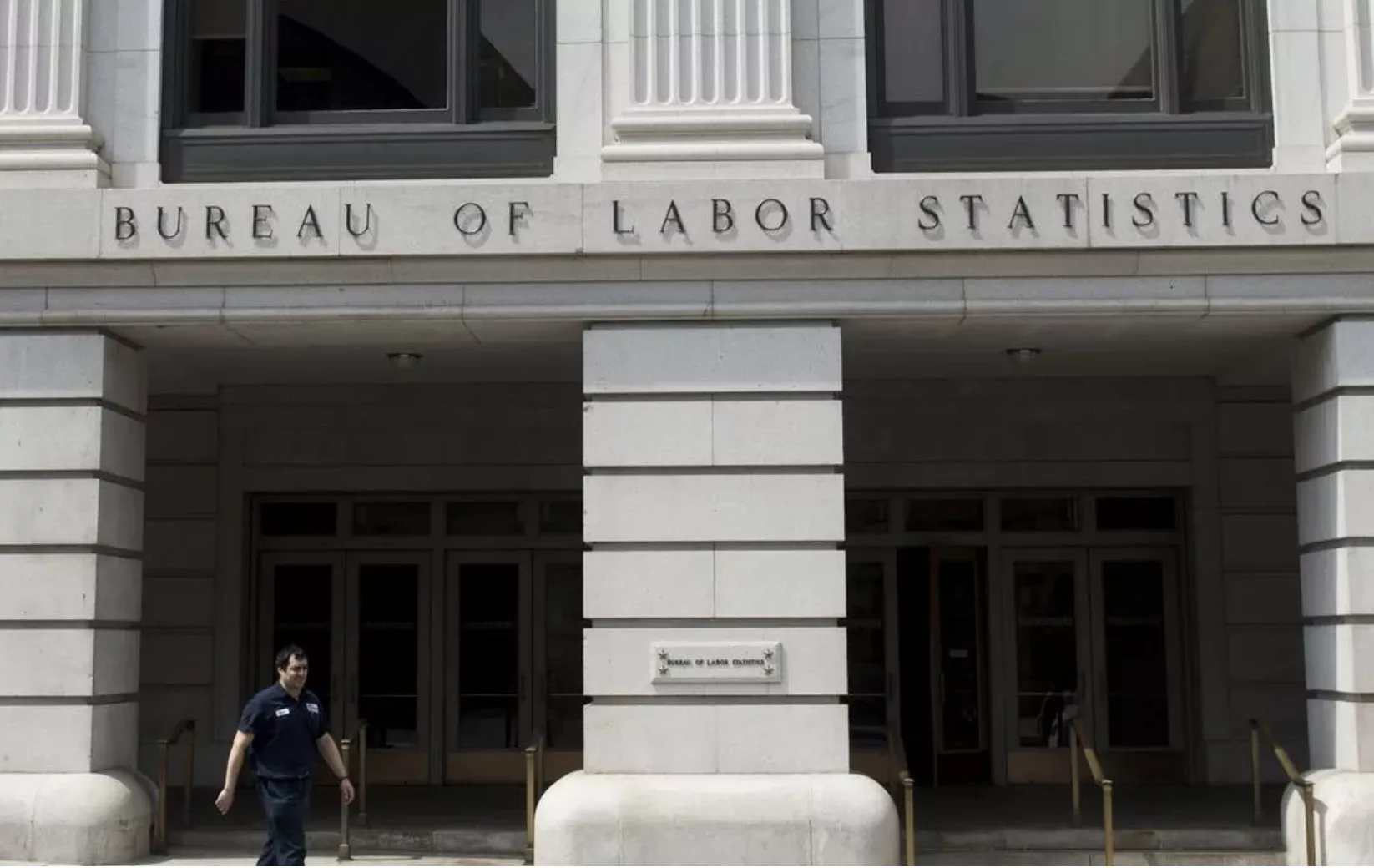
The Consumer Price Index (CPI) in the United States has come lower than market expectations the latest data by the Bureau of Labor Statistics show.
Inflation for March fell further to 5%, below market expectations of 5.2%, reaching its lowest in two years since it first picked up.
The peak of 9.1% in June 2022 now appears to have well established itself, with a steep downtrend since then starting to attract the label of disinflation.
Not least because shelter was the largest contributor to inflation in March, which may have been caused by the rise of interest rates and the rise in mortgage costs.
Many analysts expect interest rates to have peaked too at about 5% with Fed’s chair Jerome Powell suggesting as much last month in stating they expect interest rates to be at 5.1% by the end of the year.
There are no serious concerns about disinflation at this point as it remains above the 2% target, but if disinflation continues at this rate then we’ll be entering deflation in about a year.
The big unkown remains the economy, in particular for this quarter, Q2, which we won’t know until summer.
That’s because that too has been on a significant downtrend, and if that downtrend has continued at the same rate then we are at about zero growth year on year.
With inflation coming down, there may be more room to assist the economy in the months to come, especially because central banks have targeted a more than neutral tightening.
Markets were expecting a rate cut as soon as in two months, but Powell suggested it won’t be before eight months, though the GDP data this month and then in September will be a better determinant.
Where asset prices are concerned, they tend to bottom with the peak of inflation which seems to be far behind.
Bitcoin in particular therefore has seen some recovery, though it remains far below its peak in November 2021.
Stocks on the other hand are seeing a far slower recovery as banking worries might be weighing on the index, with it unclear just how worried investors are about growth too.
That resilience in the economy, or lack of it, may well become the new focus as inflation came below expectations in Europe too.
That may suggest, two years on with inflation above 2%, some analysts have become accustomed to it and are struggling to change view in light of data.
Not least because, at the rate it has been going, we should be at about 2% in two to four months, in which case keeping interest rates at this level is of course untenable.
That’s because for the first time in years, inflation and interest rates are at the same level. As soon as next month therefore, if not currently, interest rates may be higher than inflation.
Suggesting any rate increases at this point are unlikely, and cuts may be coming a lot sooner than Powell indicates.
- SEO Powered Content & PR Distribution. Get Amplified Today.
- Platoblockchain. Web3 Metaverse Intelligence. Knowledge Amplified. Access Here.
- Source: https://www.trustnodes.com/2023/04/12/inflation-falls-further-than-expected-reaches-parity-with-interest-rates
- :is
- $UP
- 2%
- 2021
- 2022
- 9
- a
- About
- above
- Analysts
- and
- ARE
- AS
- asset
- assist
- At
- Banking
- Banks
- BE
- because
- become
- before
- behind
- below
- Better
- Big
- Bottom
- Bureau
- bureau of labor statistics
- by
- case
- caused
- central
- Central Banks
- Chair
- change
- come
- coming
- concerned
- Concerns
- consumer
- consumer price index
- continued
- continues
- contributor
- Costs
- Course
- CPI
- Currently
- Cut
- cuts
- data
- deflation
- down
- economy
- especially
- established
- Europe
- expect
- expectations
- expected
- expecting
- Falls
- First
- first time
- Focus
- For
- further
- GDP
- going
- Growth
- hand
- Have
- higher
- How
- HTTPS
- in
- Increases
- index
- indicates
- inflation
- interest
- Interest Rates
- Investors
- IT
- ITS
- itself
- jerome powell
- keeping
- Know
- Label
- labor
- Lack
- largest
- Last
- latest
- Level
- light
- Lot
- March
- Market
- May..
- might
- Month
- months
- more
- Mortgage
- Neutral
- New
- next
- November
- November 2021
- of
- on
- Other
- parity
- particular
- Peak
- picked
- plato
- Plato Data Intelligence
- PlatoData
- Point
- Powell
- price
- Prices
- Q2
- Quarter
- Rate
- Rates
- Reaches
- reaching
- recovery
- remains
- resilience
- Rise
- Room
- same
- seeing
- seems
- September
- serious
- Shelter
- should
- show
- significant
- since
- some
- Starting
- States
- statistics
- Struggling
- summer
- Target
- targeted
- that
- The
- therefore
- tightening
- time
- to
- too
- Trustnodes
- United
- United States
- View
- webp
- weighing
- WELL
- which
- will
- with
- worried
- year
- years
- zephyrnet
- zero













